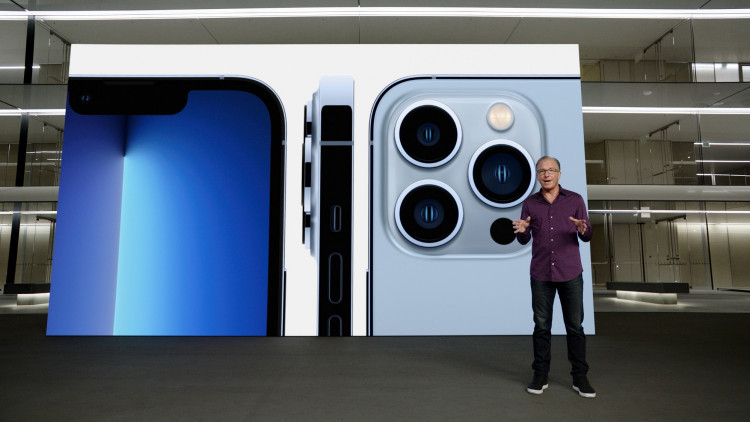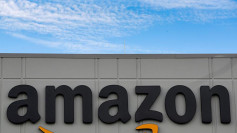As Apple Inc. intensifies its efforts to synchronize the iPhone with its novel Vision Pro platform, rumors suggest the forthcoming iPhone 15 series may be equipped with an upgraded ultra-wideband (UWB) chip.
While still riding the wave of the iPhone 14 series' success, the tech mogul based in Cupertino, California, has been intriguingly tight-lipped about the specifics of its next-gen iPhone models. However, scattered reports and internet leaks suggest the company is plotting a significant technology upgrade.
Among the most intriguing news is Apple's recent acquisition of a patent for Spatial Composites material, indicating that the upcoming iPhone models, inclusive of the iPhone 15, may flaunt scratch-resistant back panels. Speculations are rife that the release of several iPhone 15 models may be postponed.
If these rumors materialize, iPhone enthusiasts may not see the much-anticipated iPhone 15 series launched in September as per tradition. However, if the company sticks to its schedule, we could witness the unveiling of four new iPhones, namely the standard iPhone 15, iPhone 15 Pro, iPhone 15 Max, and iPhone 15 Pro Max, according to MacRumors.
In the midst of swirling speculations, Apple has remained noncommittal. Meanwhile, Ming-Chi Kuo, a respected Apple analyst, suggests that the tech titan is focusing on enhancing the synergy between its iPhones and the Vision Pro headset.
In order to forge a deeper integration between the iPhone and the Vision Pro, Apple is expected to incorporate an advanced UWB chip, according to Kuo. The Vision Pro, the company's inaugural mixed reality headset, was announced at the recent WWDC 2023 and is intended to fit seamlessly into Apple's broad ecosystem.
Kuo reports that Apple plans to strategically upgrade its other devices' hardware, providing a superior user experience for Vision Pro. Wi-Fi and UWB play crucial roles in building a competitive ecosystem around the Vision Pro. The advanced UWB chip slated for the iPhone 15 is based on a 16nm production process, marking a departure from the previous 7nm.
This technological leap is anticipated to improve performance and reduce power consumption during connections with proximate devices. Apple's UWB chip, the U1 chip, is already a key component of the iPhone 11 and subsequent models, facilitating effortless device connections.
When previewing the Vision Pro earlier this month, Apple hinted at the headset's seamless integration with all other Apple devices, an objective that an enhanced UWB chip would make possible. While Apple has not confirmed its plans for the UWB chip, Kuo's impressive prediction record adds credibility to these claims.
Based on these predictions, JCET, a chipset solution provider, could see significant profit growth and a higher gross margin due to Apple's rumored UWB chip upgrade. Kuo also forecasts a broader adoption of chipset designs in AI accelerators in the future, citing the upcoming Nvidia H100 successor and AMD's MI300 series.
In another intriguing revelation, Kuo suggested that the iPhone 16 would be Apple's inaugural device to incorporate Wi-Fi 7 technology. This improvement would enable higher data throughput and faster transfer speeds, aligning with the Wi-Fi Alliance's recommendations for enhancing virtual and augmented reality experiences. This advancement would reportedly provide a more seamless ecosystem for Apple's hardware products operating on the same local network, according to Fone Arena.





